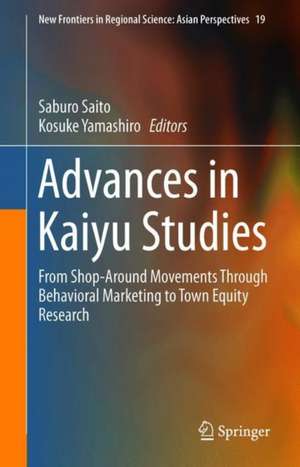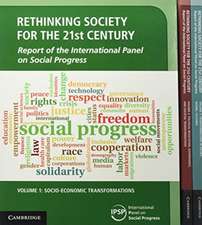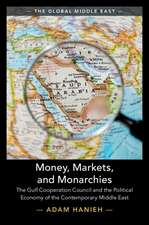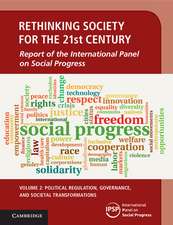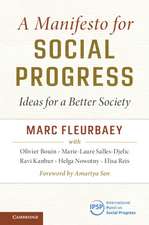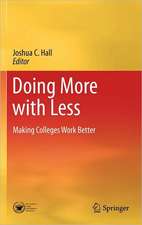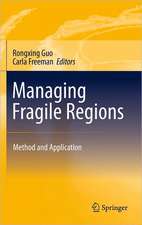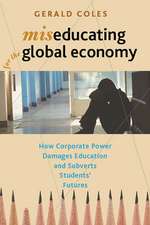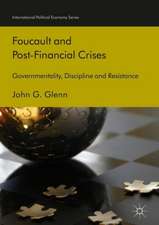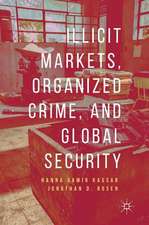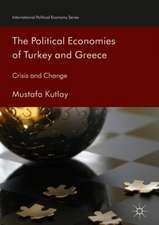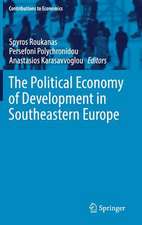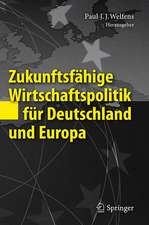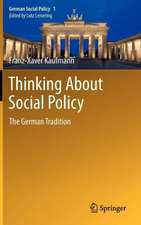Advances in Kaiyu Studies: From Shop-Around Movements Through Behavioral Marketing to Town Equity Research: New Frontiers in Regional Science: Asian Perspectives, cartea 19
Editat de Saburo Saito, Kosuke Yamashiroen Limba Engleză Hardback – 20 feb 2019
Din seria New Frontiers in Regional Science: Asian Perspectives
-
 Preț: 594.16 lei
Preț: 594.16 lei - 15%
 Preț: 652.64 lei
Preț: 652.64 lei - 18%
 Preț: 742.00 lei
Preț: 742.00 lei - 15%
 Preț: 645.96 lei
Preț: 645.96 lei - 18%
 Preț: 728.74 lei
Preț: 728.74 lei - 18%
 Preț: 724.14 lei
Preț: 724.14 lei - 18%
 Preț: 733.33 lei
Preț: 733.33 lei - 15%
 Preț: 693.25 lei
Preț: 693.25 lei - 15%
 Preț: 640.06 lei
Preț: 640.06 lei - 15%
 Preț: 702.87 lei
Preț: 702.87 lei - 15%
 Preț: 718.61 lei
Preț: 718.61 lei - 18%
 Preț: 786.36 lei
Preț: 786.36 lei - 18%
 Preț: 1110.72 lei
Preț: 1110.72 lei - 15%
 Preț: 644.18 lei
Preț: 644.18 lei - 15%
 Preț: 699.45 lei
Preț: 699.45 lei - 15%
 Preț: 643.34 lei
Preț: 643.34 lei -
 Preț: 395.25 lei
Preț: 395.25 lei - 18%
 Preț: 892.42 lei
Preț: 892.42 lei -
 Preț: 386.39 lei
Preț: 386.39 lei - 24%
 Preț: 594.42 lei
Preț: 594.42 lei - 18%
 Preț: 900.31 lei
Preț: 900.31 lei - 15%
 Preț: 714.02 lei
Preț: 714.02 lei - 15%
 Preț: 698.62 lei
Preț: 698.62 lei - 24%
 Preț: 632.78 lei
Preț: 632.78 lei - 18%
 Preț: 1244.59 lei
Preț: 1244.59 lei - 15%
 Preț: 644.63 lei
Preț: 644.63 lei - 18%
 Preț: 785.42 lei
Preț: 785.42 lei - 15%
 Preț: 639.73 lei
Preț: 639.73 lei -
 Preț: 357.81 lei
Preț: 357.81 lei - 18%
 Preț: 1111.53 lei
Preț: 1111.53 lei - 18%
 Preț: 721.33 lei
Preț: 721.33 lei - 15%
 Preț: 698.15 lei
Preț: 698.15 lei
Preț: 798.18 lei
Preț vechi: 973.39 lei
-18% Nou
Puncte Express: 1197
Preț estimativ în valută:
152.76€ • 159.06$ • 129.10£
152.76€ • 159.06$ • 129.10£
Carte disponibilă
Livrare economică 17 februarie-03 martie
Preluare comenzi: 021 569.72.76
Specificații
ISBN-13: 9789811317385
ISBN-10: 9811317380
Pagini: 300
Ilustrații: XIII, 467 p. 102 illus., 77 illus. in color.
Dimensiuni: 155 x 235 mm
Greutate: 0.91 kg
Ediția:1st ed. 2018
Editura: Springer Nature Singapore
Colecția Springer
Seria New Frontiers in Regional Science: Asian Perspectives
Locul publicării:Singapore, Singapore
ISBN-10: 9811317380
Pagini: 300
Ilustrații: XIII, 467 p. 102 illus., 77 illus. in color.
Dimensiuni: 155 x 235 mm
Greutate: 0.91 kg
Ediția:1st ed. 2018
Editura: Springer Nature Singapore
Colecția Springer
Seria New Frontiers in Regional Science: Asian Perspectives
Locul publicării:Singapore, Singapore
Cuprins
Chapter 1. Introduction: Some meta-theoretic consideration of consumer shop-around studies.- Part I Policy evaluation from Kaiyu movements.- Chapter 2. How did the large scale city center retail redevelopment change consumer shop-around behaviors: A case of city center of Fukuoka city, Japan.- Chapter 3. Evaluating municipal tourism policy from how visitors walk around historical heritage area.- Chapter 4. How did the extension of underground shopping mall change Kaiyu.- Part II Some characteristics of Kaiyu.- Chapter 5. On the occurrence order of purposes on the way of shop-around.- Chapter 6. The staying time for shopping at city center retail environment.- Chapter 7. The factors determining staying time in city center.- Chapter 8. Little’s formula and parking behavior.- Part III Economic effects by accelerating Kaiyu.- Chapter 9. The economic effects of city center 1 dollar circular bus.- Chapter 10. The value of time for shopping.- Chapter 11. The economic impacts of city center coffee shops.- Part IV Economic effects by increasing visitors.- Chapter 12. The economic impacts of opening new subway line.- Chapter 13. Did an introduction of new subway line increase the frequency of visits to city center?.- Chapter 14. To what extent did the woodwork festival attract people?.- Chapter 15. How did the effects of festival held on main street spread over other districts within a city center.- Part V Kaiyu marketing and value of visit to city center.- Chapter 16. Did the grand renewal opening of department store enhance the visit value of customers?.- Chapter 17. A new entry of large variety shop increases value of city center?.- Part VI Emerging view of goal of town development.- Chapter 18. The concept of town equity and goal of town development.- Chapter 19. City center parking policy: a business model approach.- Part VII Information and consumer shop-around behaviors.- Chapter 20. Experimental study on consumer information processing behaviors in the middle ofshop-around.- Chapter 21. Consumer’s visit value and shop category choice.- Part VIII Urban policy and consumer welfare.- Chapter 22. Travel demand function of Korean tourists to Kyushu.- Chapter 23. Econometric approach to estimate welfare change brought by a new subway line.- Chapter 24. Conclusion and further remarks on further research.
Notă biografică
Saburo Saito, Fukuoka University
Kosuke Yamashiro, Fukuoka University
Textul de pe ultima copertă
This book is the first systematic exposition of advances in Kaiyu studies carried out by the author and his colleagues in Japan and other parts of Asia. Consumer shop-around behavior is referred to as Kaiyu in Japanese, a term widely used in several fields such as city planning, marketing, real estate, tourism, and regional policy. The book demonstrates how Kaiyu research has evolved from the original idea to the present state and envisages prospective Kaiyu studies in the age of big data and the Internet of Things (IoT). The distinguishing feature of their research is that Kaiyu is regarded as consumers’ simultaneous decisions sequentially made while undertaking their shop-arounds as to which shops they visit, for what purpose, and how much they spend there. This is a sharp contrast to much research on trip chains, which only deal with spatial movements. As a result, their studies first succeeded in empirically exploring the relationships between consumer shop-around movements and money flows among shopping sites within a city center retail environment. As a result, the author and his coworkers uncovered the roles of many urban policies and facilities inexplicit so far by revealing how they contribute to the turnover of the whole town through stimulating Kaiyu. This gives a universal means of evaluation for urban development policy. Thus they have refreshed the scope of consumer shop-around studies from shop-around movements in the context of city planning, shopping marketing, and evaluation of urban revitalization policy, to town equity researches. This book presents step by step these conceptual developments by showing concrete research examples from their vast Kaiyu studies based on numerous empirical interview surveys at real retail environments.
Caracteristici
Defines Kaiyu as consumers’ simultaneous choices about destination, purpose, and consumption and reveals relationships among spatial shop-around movements and money flows Provides a unified framework to evaluate various urban policies from hard to soft by consumer shop-around behaviors Presents many empirical facts to reveal how specific facilities and functions contribute to the value of the whole town from Kaiyu surveys
